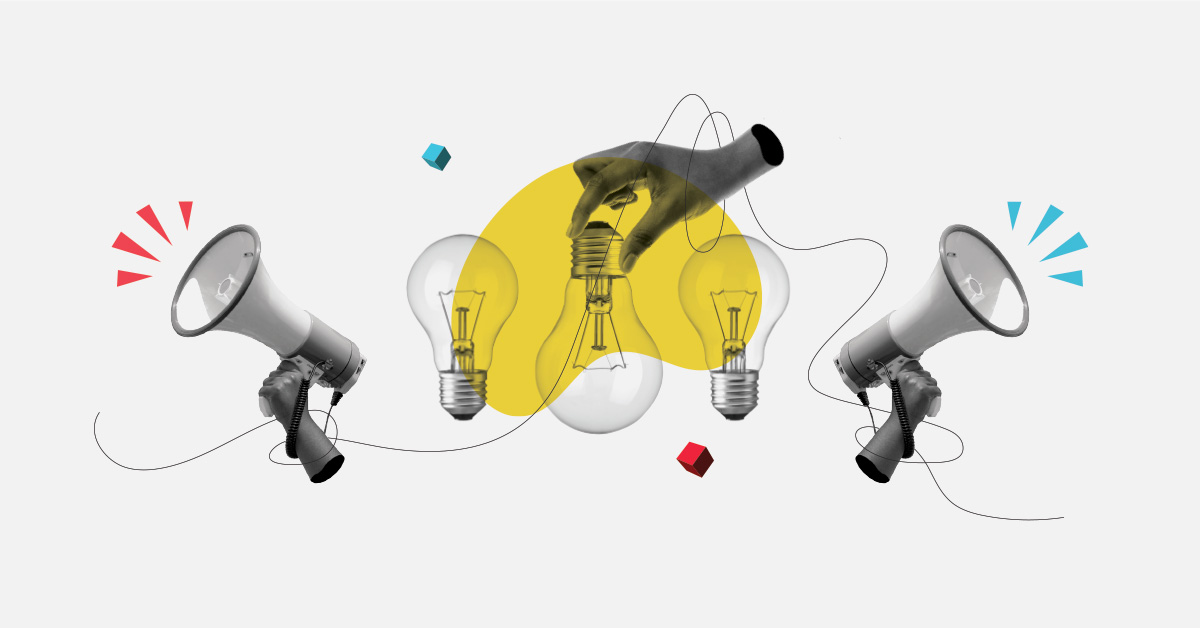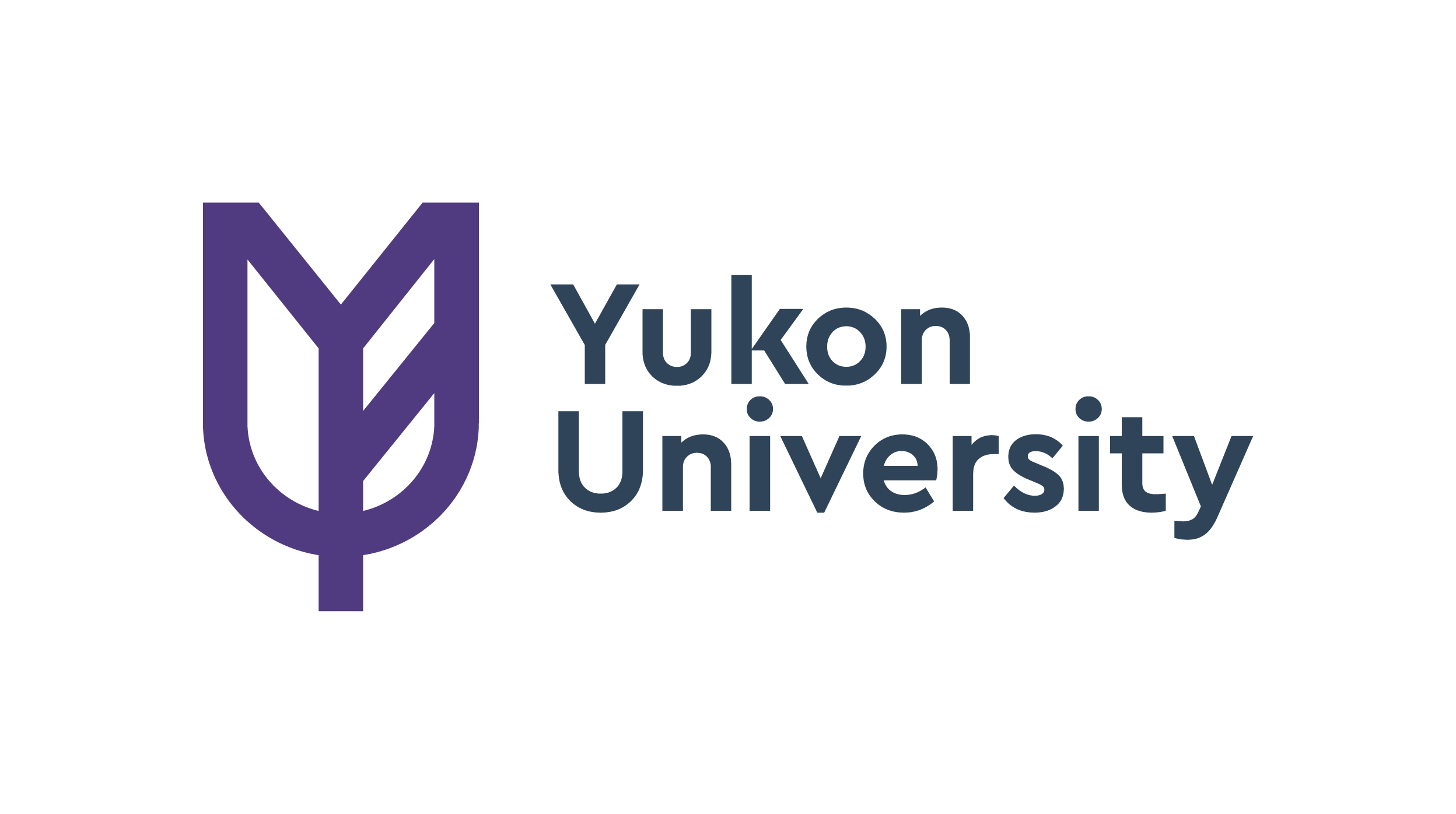Finding Understanding of the Thawing Northern Landscape
In Canada’s north, climate change is not just manifested in more storms and hotter summers. As the world warms up and permafrost melts, the landscape itself is transforming. Life for northerners is transforming with it, as they experience climate change through shifts in everything they do and have always understood.
Scientists’ understanding of climate change, on the other hand, is couched in hard data, things that are physically quantifiable: temperature increases, greenhouse gases, water vapour loss.
The challenge for Graham Strickert, adjunct faculty at Yukon College and research fellow at the University of Saskatchewan’s Global Institute for Water Security, is to bring together those two types of knowledge in what he calls human dimensions research, looking for ideas that will help northerners to adapt to the changes confronting them.
“The idea is there’s lots of biophysical research out there on climate change and its impacts and it usually gets put into a report that’s useful for the science community and sometimes for policy but it’s not particularly useful for First Nations or isolated communities,” said Strickert.
To bridge that gap, Strickert and his team, funded by one of the Social Sciences and Humanities Research Council’s Community and College Social Innovation Fund grants, will capture knowledge from both sides in a third way of understanding — which, in this project, will be through art. (In an earlier project on water security in the Saskatchewan River basin, Stickert and his colleagues presented their research findings as a play).
The art will be created by students at Yukon School of Visual Art in response to what they hear and learn from spending time with residents of two communities, Vuntut Gwitchin First Nation in Old Crow, Yukon, and the Jean Marie River First Nation in the Northwest Territories. The art — likely involving maps and audio and visual recordings of the residents and their land — becomes what are called “boundary objects.”
The objects will capture changes such as wetlands that have turned to lakes as the thawing permafrost releases ancient water, and the collapse of the caribou population as the ground they once ran over and fed off turns to wetlands.
“Boundary objects allow people who have very different ways of knowing the world and different backgrounds — science and traditional knowledge — to bridge boundaries,” Stickert explained. “You don’t have to define the object in the same way or even think in the same way.” Essentially, the artistic language created by the students becomes the common language.
The students and scientists will meet for a three-day workshop for training before heading to the communities. While working with the residents, the team will embed the art in social science tools, such as getting people to sort pictures in the order they matter to them, so the researchers can see how much community members agree on issues and priorities to provide pathways for community adaptation to climate change


